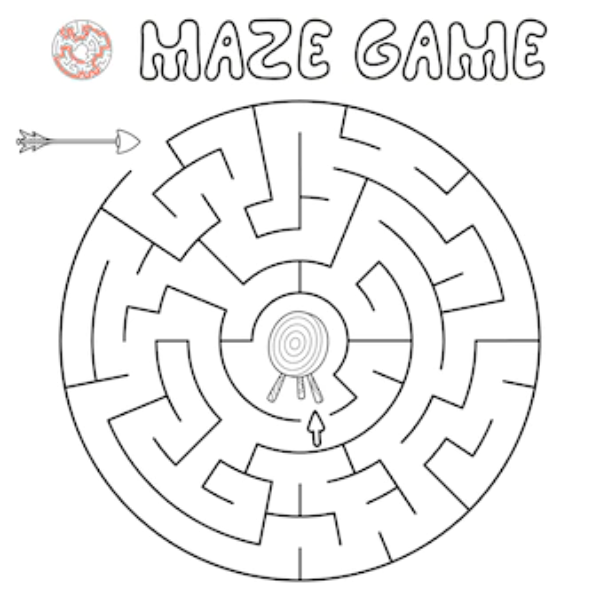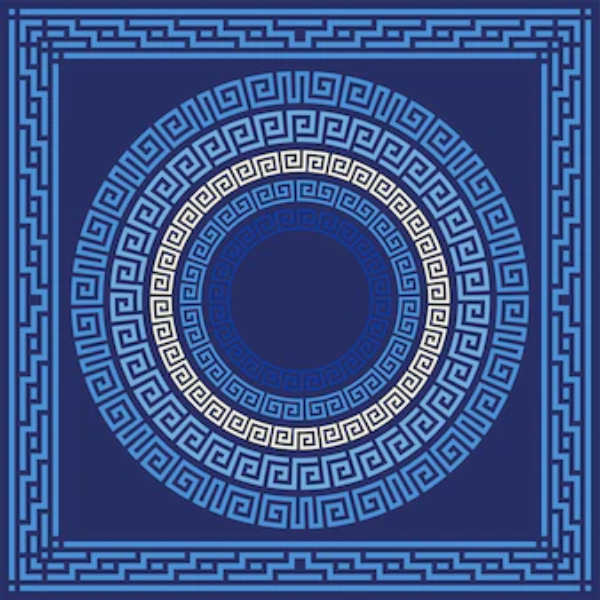The labyrinth as mandala
A labyrinth is an ancient archetype, the cultures for thousands of years a sacred symbol used across . It is a type of mandala and like all the labyrinth mandalas represents wholeness. The labyrinth is ideal .It is looking for a tool for contemplation and transformation through meditation or prayer.

The labyrinth gets name in myth it is from a Greek myth, the skillful artisan Daedalus built an elaborate structure – a labyrinth – for King Minos of Crete. He designed and capture the Minotaur, a creature that was half-man and half-bull, which the hero Theseus would eventually kill. , The capture Minotaur Daedalus made the labyrinth difficult to escape from. But the clever Ariadne provided Theseus with a ball of thread, enabling him to kill the Minotaur and find his way out again.

Theseus likes our journey takes us through the Centre . This place is unknown and it is a great we must cross a threshold (kill the minotaur) our true is closer to selves. The symbolizes search for labyrinth for God, salvation or enlightenment. The journey to takes God us on a path that leads along many specious twists and turns to the Centre. It is symbolizes to danger of the spiritual path; for example, one can get to demoralize or lost in forlornness, or fall off the path everything. But if the dangers are overcome, to the Centre awaits it is a symbol of love and completion.
The labyrinth is a winding, It is confusing path, but it’s not one that you can get lost on.
You have walked to the labyrinth, but some times when you find yourself tantalizingly close to the goal, but then, suddenly, you find yourself moving away from the Centre. You can trust the path to take you to the center eventually, no matter you happen to be at the moment.
We might say the labyrinth is a symbol of God, who is both the Centre we seek and the path that gets us there. What we need is to trust the Centre and to trust the path that leads to it.

The labyrinth’s lack of complexity it allows so many people to use it as a meditative or devotional tool. Once we are path to our minds are freed from the need to make decisions. Whenever we walk the labyrinth alone with others, its offers to simplicity and possibility that we can clear our minds, cleanse our souls, and celebrate our bodies.
The labyrinth is structured as a pilgrimage .there are three parts like to all rites of passage and initiation ceremonies, walking . Agreeing to Veriditas, walking a prayer labyrinth involves in 3 stages: purgation (releasing), illumination (receiving), and union (returning). It comes the journey inward first(releasing), toward the sacred space where change happens. Next, it is spent at time to centre, where the new life is receiving begins . Finally It is a outward journey , the return to the transformed person to the world, often with returning to a new identity .
Labyrinth Mandala
Existence drawing a small circle at the centre of a much larger circle. The small circle will be the centre of the labyrinth. At a point starting on the large outer circle, start drawing a line that spirals inward toward the small circle at the centre.

The labyrinth is walking to the way about the release, when one sheds the cares and distractions of life and opens his/her heart and mind. The centre is standing about being open to receiving for us. Leaving from the labyrinth is returning when we integrate what we have received and prepare to bring it back with us into our lives. Following the convolution line, begin to write instinctive about whatever you want to release. Don’t censor yourself – simply write what comes to mind. Do you need to release control? Stress? Relationships? Negative thoughts? (You can write to start your sentences with “I am releasing…”.)

As you come to the center, write the words inside the small circle that represent your openness to receiving. Again, do this without censoring yourself. Starting on the opposite side of the spiral line and from the center, write about your turn .What do you have to bring to relationships etc.? What can you do to integrate what you receive into your daily life? (You can start your sentences with “I believe that…” or “I’m growing…”)